“Let me open the gates and let you into my fiddle world...”
Last week, I caught up with Alasdair for a chat about the relationship between dancer and musician and his top tips for keeping dancers on their feet. We discussed how jigs, strathspeys, reels, waltzes, which make up a big part of the repertoire of Scottish fiddle music, are essentially dance tunes, or tunes for dancing to, and how important is it that musicians have an awareness of the dance traditions in Scotland when they are learning the tunes. We also discussed his own journey in the world of Scottish fiddle music and he reflected of the sense of oneness which can be created as the bow of the fiddler engages with the feet of dancers and they resonate together. You can listen to the interview below. “When I look at our music – any music – one of the first things I think about is 'how would people move to this?' […] When you get into jigs, reels, the hornpipe, strathspeys, the scottiche, the Highland fling – and all the different ways that we dance in Scotland – those movements have evolved along with the style of the music and they inform the fiddler's bow arm. So, to play a dance tune without ever having seen how people are supposed to move to it, is to cut off a major artery into your music […] To answer that question 'how do I bow this?' I go to the dance floor. And there, right there, are many answers - the dancers are telling you how to bow it. They are telling you that they will respond in a certain way if you give them what they need. And, in order to give them what they need, you need to start bowing in a certain way […] In many cases there is a one to one correspondence between the fiddler's bow arm and the dancers' feet, so you almost feel like a choreographer. If you are bowing and the whole ballroom is moving to your bow, it is one of the great highs of playing traditional music” - Alasdair Fraser (2013).
2 Comments
23/7/2022 10:54:43 am
Alasdair himself has had a large part to play in bringing Scottish fiddle music to people in Scotland, America and across the globe. I truly appreciate your great post!
Reply
Leave a Reply. |
Sophie's BlogThis blog is for all things dance related... I post videos, articles information and news, making it a great way to keep up with what's going on the the step-dancing world! If you have any news to share, or would like to contribute something to this blog, then feel free to send your blog post to [email protected] and I will put them up on the website! Categories
All
|
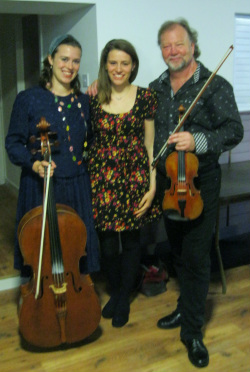
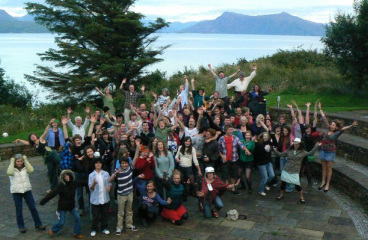
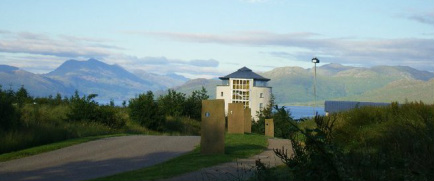
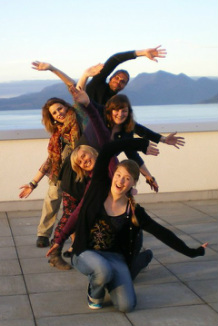
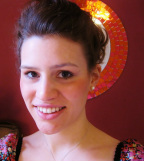
 RSS Feed
RSS Feed
